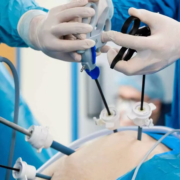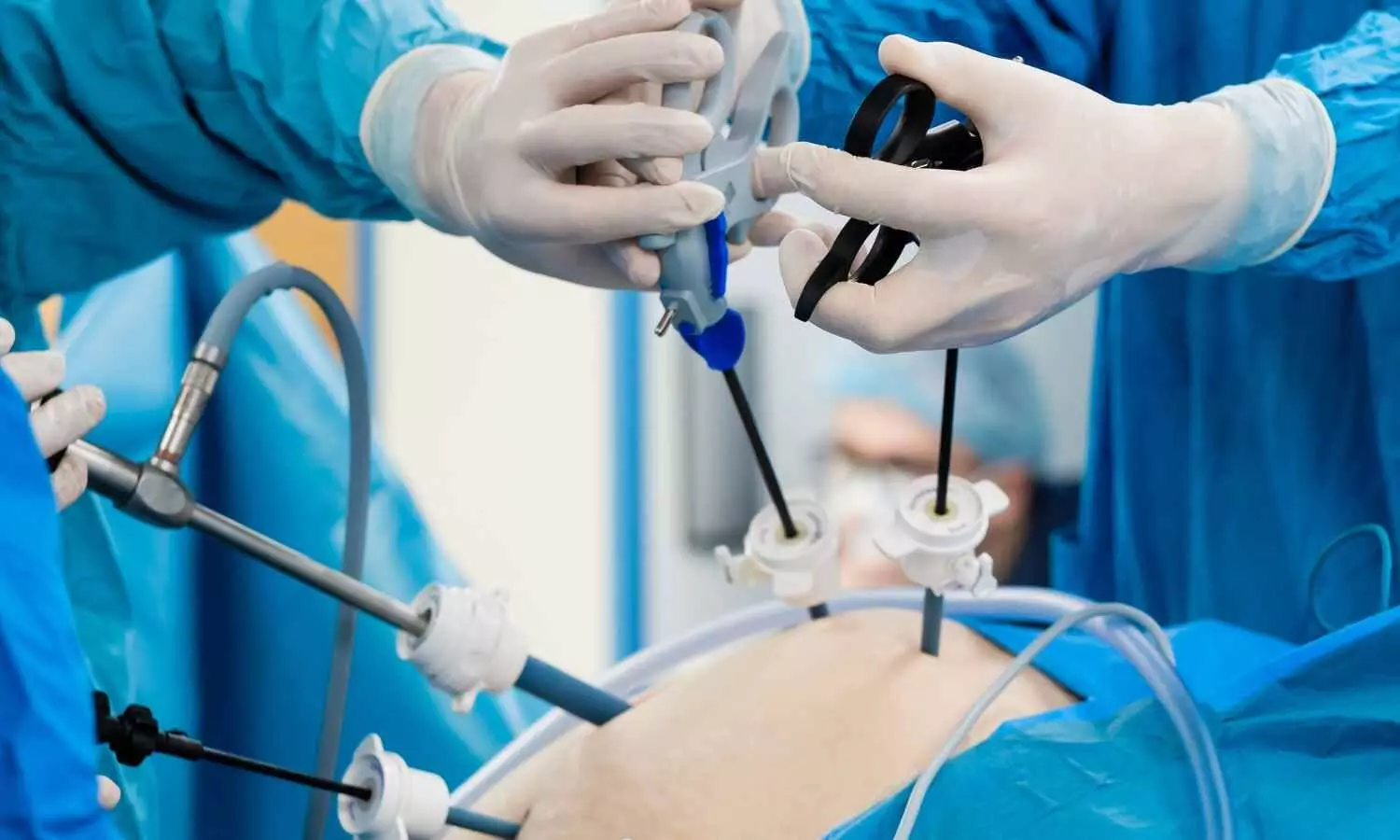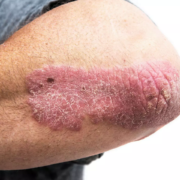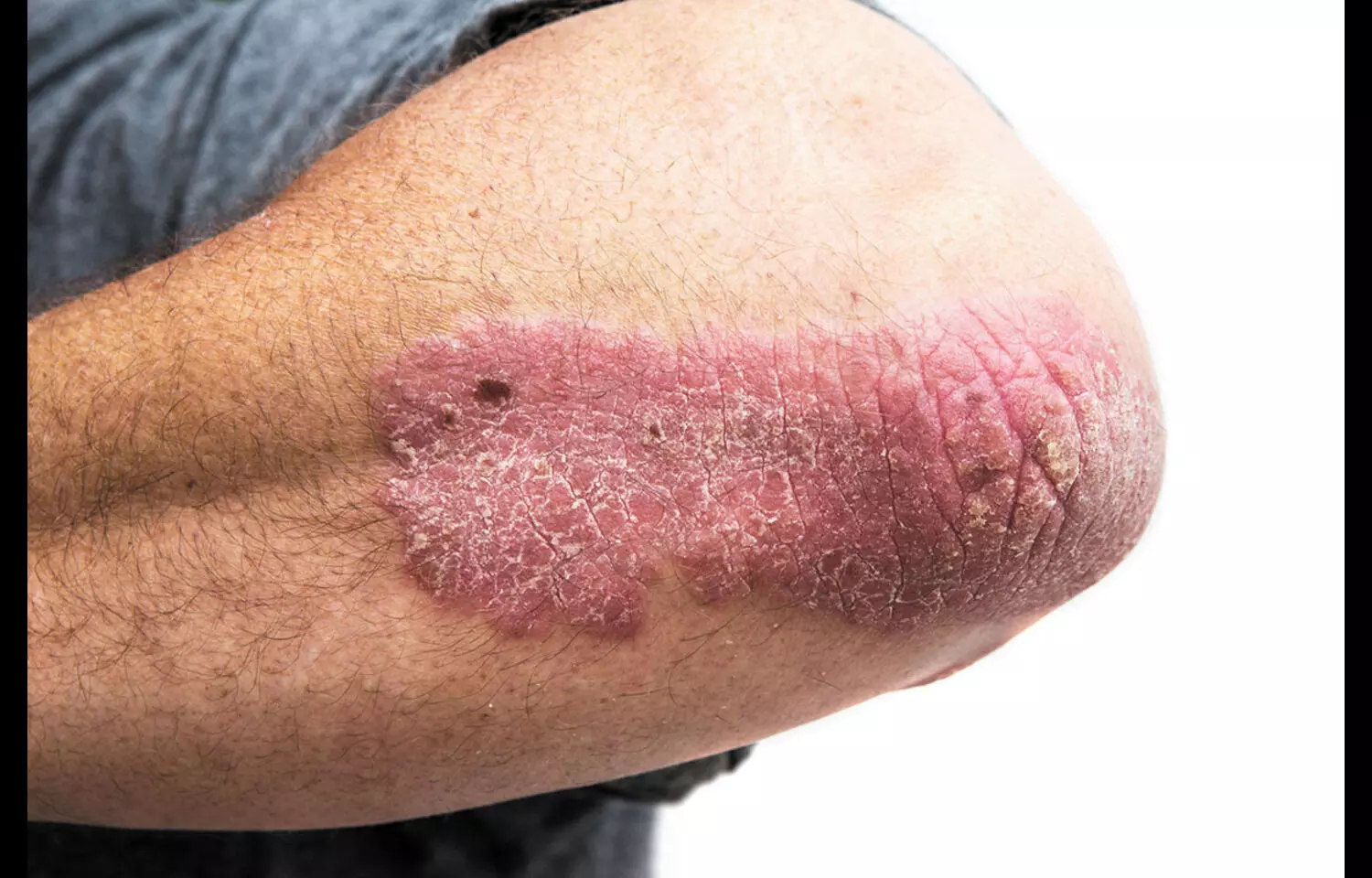Study looks for markers that predict risk of severe chlamydia infection

A new study has identified markers that may predict whether a chlamydia infection is likely to ascend into the uterus and endometrium. The work could lead to new diagnostics that can predict a woman’s risk of severe infection.
Chlamydia trachomatis (CT) is a sexually transmitted bacterium that can lead to pelvic inflammatory disease, infertility and other reproductive problems in women when it ascends to the upper genital tract.
“Chlamydia infection cannot be definitively diagnosed as ascending beyond the cervix into the endometrium without performing an endometrial biopsy,” says Dr. Toni Darville, professor of pediatrics, microbiology and immunology at the University of North Carolina at Chapel Hill’s School of Medicine and director of the UNC-Chlamydia Vaccine Initiative, which initiated the research project.
“We wanted to see if we could identify biomarkers that would allow us to predict which women were at risk of severe disease without having to perform an invasive procedure,” says Xinxia Peng, professor of infectious disease and member of the Bioinformatics Research Center at North Carolina State University. Peng is the corresponding author of the study.
Peng and colleagues from NC State and UNC School of Medicine performed 16S ribosomal RNA (rRNA) gene based high-throughput amplicon sequencing analysis of mucosal samples from the cervicovaginal microbiome (CVM) of 246 women who were part of a cohort at high risk for CT. 16S rRNA genes are used to tag and identify bacteria so that amounts can be quantified.
The women were divided into three groups: CT negative, CT positive and CT ascended. The researchers then compared CVM composition between the three groups to see if there were any features that indicated a higher risk for ascended CT.
The sequencing analysis revealed that the amounts of certain microbial species, such as Hemophilus haemolyticus, Sutterella stercoricanis or Actinobaculum massiliense, were predictive of ascended chlamydial infection and they were also correlated with the levels of seven cytokines, or proteins secreted by the immune system, previously reported to be associated with CT ascension.
“The most striking point is that it’s the amount of chlamydia that correlates most strongly with ascension,” Peng says. “Which is both surprising and not – of course a high level of CT would drive spread, but prior to this work it was difficult to quantify CT levels accurately.”
“The part we don’t know yet is how these microbes may be interacting with the immune system to control pathogen burden and ascension,” says Catherine O’Connell, professor of pediatrics at UNC School of Medicine and co-project leader.
“We knew that some bacterial species make a woman more susceptible to CT infection, while ‘good’ bacteria such as lactobacillus seem to make it harder to become infected,” O’Connell says. “This work shows that other bacteria present may be keeping host immunity alert and responsive, making it harder for infecting chlamydia to grow abundantly. It shows that there is potential for developing biomarkers to identify women at high risk for ascended CT.”
Reference:
Sangmi Jeong ht, Tammy Tollison , Hayden Brochu, Cervicovaginal microbial features predict Chlamydia trachomatis spread to the upper genital tract of infected women, Infection and Immunity, https://doi.org/10.1128/iai.00057-25
Powered by WPeMatico









